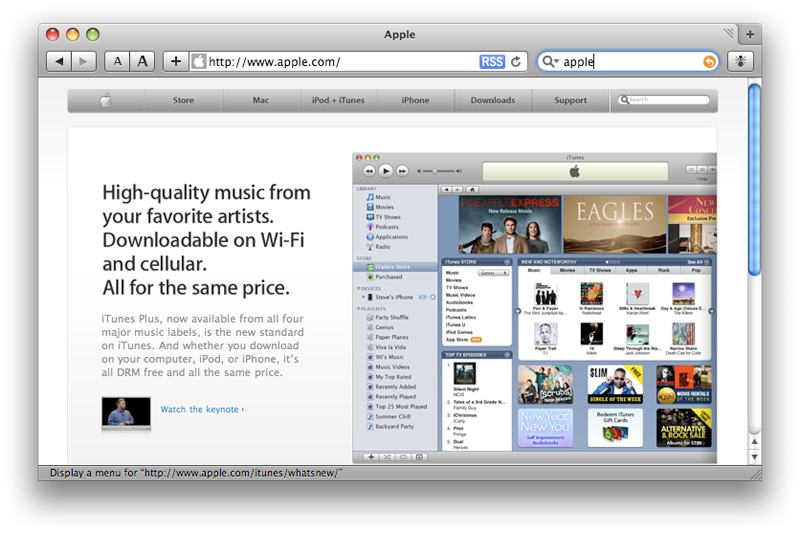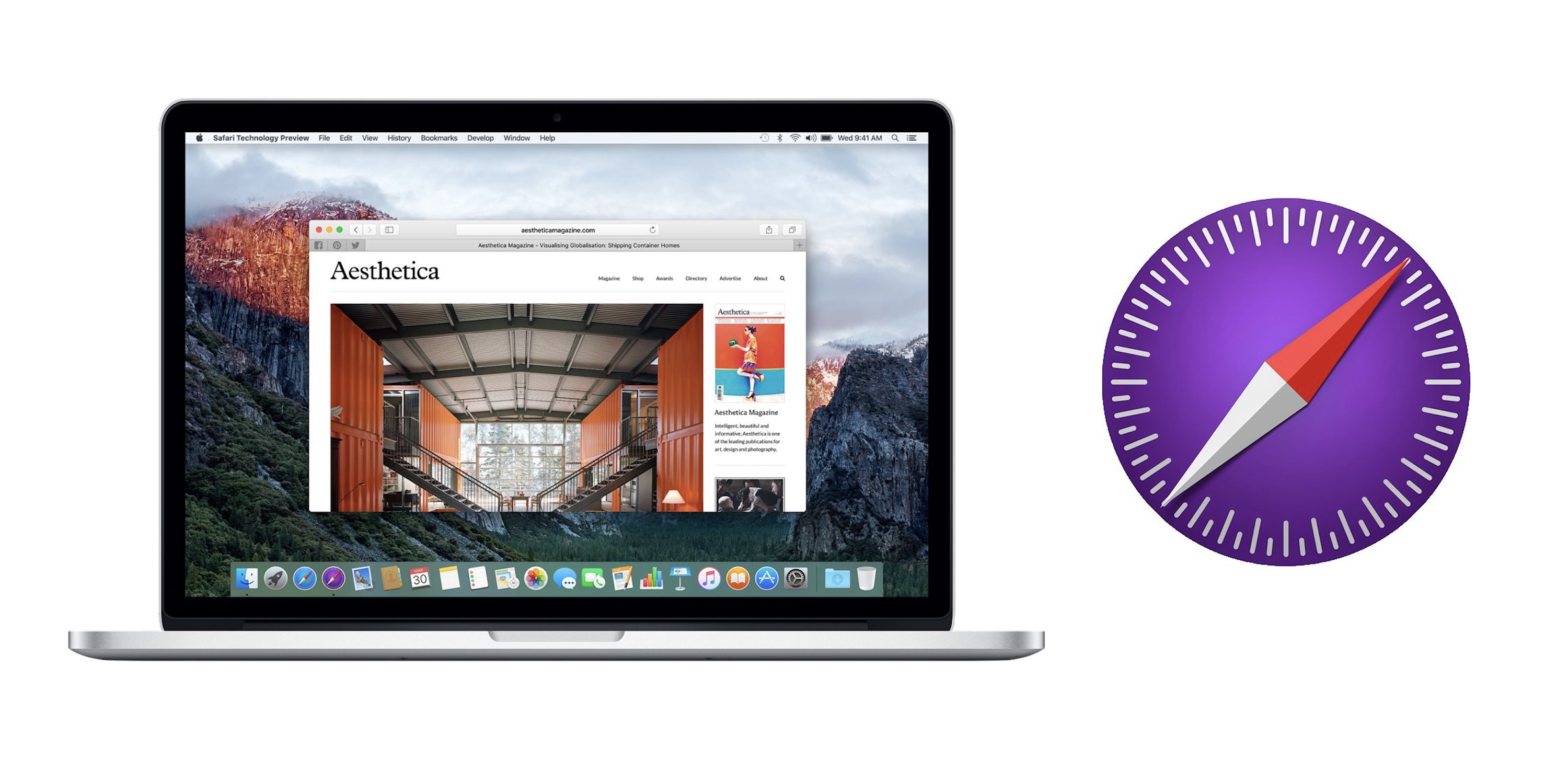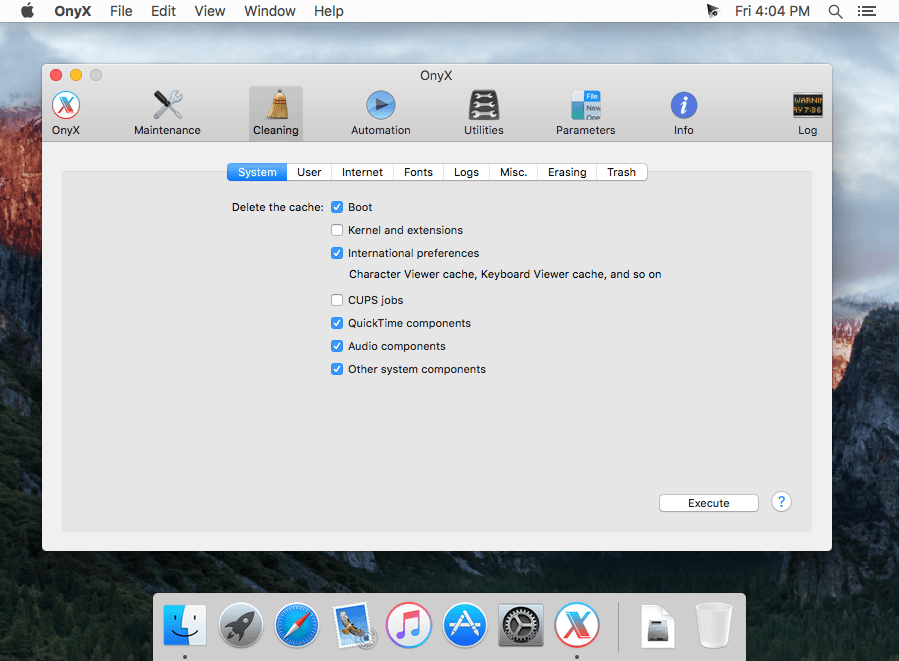
Click your local Safari window (the computer version).Can’t load certain pages in Safari? Apple’s default web browser is usually a reliable app whether you’re on iPhone, iPad, or Mac.Open the Safari app on the iOS simulator and enter your computer’s public IP with port number to access the localhost application (described in the ‘Accessing Your Site on the Simulator’ section above).Open the desired iOS version (described in the ‘Changing Simulator Versions’ section above).Open iOS simulator (described in the ‘How to Open the Xcode iOS Simulator’ section above).Steps 1–3 describe the process that we have already discussed. If you have followed along and kept all of the applications open, you can skip to step 4.

The ‘Develop’ menu should be enabled in Safari preferences & the desired iOS versions should be installed (refer to the prerequisites section above). We now need to connect the output from the Safari app on our simulator to the console output / debugger in our local Safari window.

You can’t see console output directly from the simulator (as far as I know), so you need to connect the simulator’s Safari output to your local computers Safari console. If your application works, great! If not, it can be difficult to debug without some console output. However, it may need to be reloaded manually if an error has occurred. The website application should live reload in exactly the same way as normal. Make sure you add the port number as well (probably :3000). Enter your computer’s public IP address into the website URL bar at the top.

I recently launched my SaaS business ( qrder.io). Safari: Testing Your Website on Different Versions Overview


 0 kommentar(er)
0 kommentar(er)
